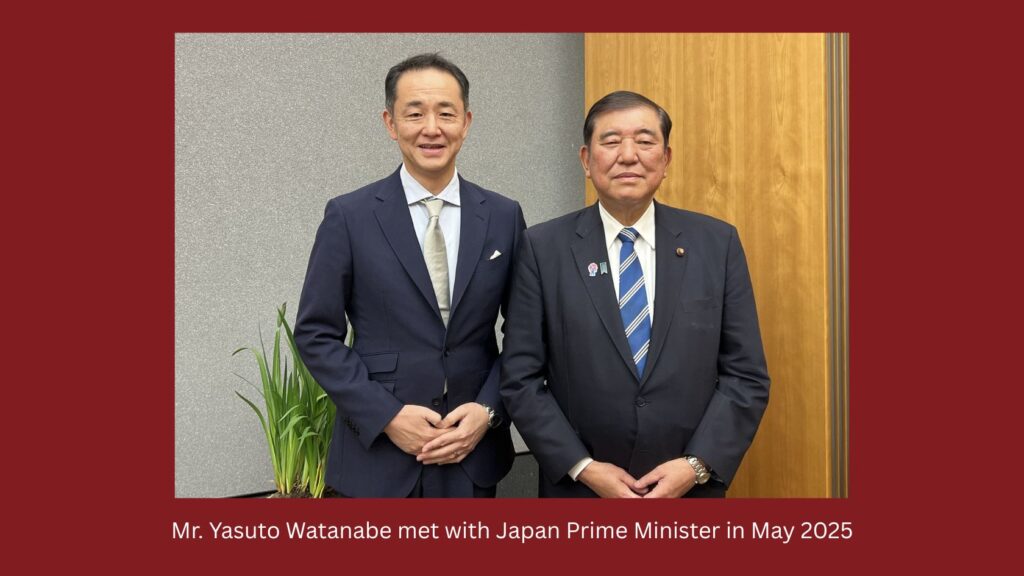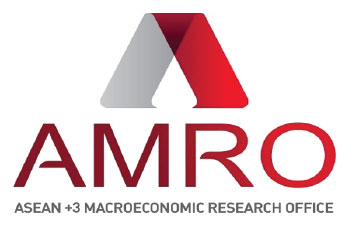
Upon my appointment as Director of AMRO, I had the privilege of paying a courtesy call on Japan’s Prime Minister, Shigeru Ishiba. During our conversation, he asked a question that has stayed with me:
“Where do you think the next crisis will come from?”
It was a profound, and perhaps unanswerable, question. I replied: “While I cannot predict the exact origin, crises almost always emerge in unexpected ways.”
The Prime Minister nodded and followed up:
“In that case, are international organizations prepared to respond?”
I answered, “It is our duty to be prepared, not just to prevent crises, but to respond swiftly and effectively when they do occur.”
This exchange brought to mind a now-famous moment from the 2008 global financial crisis, when Queen Elizabeth asked a group of economists:
“Why did no one see it coming?”
More than a decade later, that question still resonates. The global economy remains vulnerable to both familiar risks and unforeseen shocks—from pandemics to geopolitical and trade tensions, commodity price spikes, and disruptions in global supply chains.
Reflecting on my answer to Prime Minister Ishiba, I have come to view crises as broadly falling into two categories.
Type 1: Structural crises
Structural crises evolve gradually, often building over time until they spiral out of control and erupt. They are akin to chronic health conditions like hypertension or diabetes. With early intervention, they can be managed or even prevented. But potentially severe if left unaddressed.
These crises are often detected through economic indicators such as persistent fiscal deficits or mounting debt. However, despite clear warning signs, social, economic, or political obstacles often hinder effective action. Over time, these unresolved issues can escalate into systemic risks.
Climate change is a textbook case of a structural crisis. It is a long-term, measurable threat that continues to intensify, yet progress remains limited due to the complexity of global coordination and the magnitude of the transformation required.
In cases when prevention is no longer viable, measures such as the IMF structural adjustment loans or debt restructuring may become necessary to restore stability.
Type 2: Shock crises
The second type of crisis strikes without warning and carries far-reaching impacts across all sectors of the society. The COVID-19 pandemic exemplifies a Type 2 crisis.
During the pandemic, we witnessed unprecedented disruptions to supply chains and market mechanisms, exposing the limitations of relying solely on traditional arrangements such as regulatory frameworks. Effective crisis management in such scenarios requires a more comprehensive approach, one that combines proactive contingency planning, robust public-private partnerships, and enhanced international cooperation. Measures such as establishing global reserves of essential goods, developing rapid-response task forces, and creating cross-border cooperation protocols can help mitigate the impact of future global crises.
Type 2 crises are inherently difficult to predict. In hindsight, we may identify the weaknesses—such as overleveraging or regulatory blind spots—but even the most seasoned experts are often caught off guard.
This unpredictability reflects the nature of capitalism itself. Markets, left unregulated, do not automatically ensure stability or fairness—externalities and natural monopolies exist. That is why robust and adaptable regulatory frameworks are essential.
However, regulators do not always have the perfect blueprint. Responding to new situations often involves trial and error. As markets operate across borders, national regulators face limitations. While global regulatory cooperation and rule harmonization have progressed, enforcement and legitimacy remain constrained.
Within these constraints, the key challenge is to build an economic ecosystem that ensures both prosperity and sustainability for future generations. Each crisis forces us to re-evaluate the global capitalist system and seek a new equilibrium. This continual process lies at the core of shaping a resilient and effective international financial system.
Today, the international financial system is not undergoing a sudden transformation, but rather a gradual evolution. Emerging developments, such as digital currencies and the strengthening of regional financial safety nets are gradually reshaping the financial architecture.
This evolution calls for international organizations (IOs) to be more agile, collaborative, and forward-thinking. Their role must go beyond facilitating dialogue and cooperation, they must also help develop new frameworks and tools suited to today’s complex global challenges. In Asia where economic dynamism and innovation are rapidly advancing, IOs have significant opportunities to drive progress and foster regional stability. Leveraging Asia’s experience and leadership can contribute to shaping more effective and inclusive approaches to global economic governance.
Two priorities are particularly vital:
- Policy agility – Countries must maintain policy flexibility to prepare for a wide range of possible scenarios.
- Strong international cooperation – As economic and financial challenges transcend borders, international cooperation frameworks must continue to evolve, and IOs must be empowered to carry out their mandates effectively.
As history has shown, the question is not if the next crisis will come, but when, and in what form. Whether structural or sudden, crises will continue to test the strength of the international financial system. Addressing them requires more than vigilance, it requires agility, innovation, and above all, cooperation. With these principles at the core, IOs, policymakers, and regional institutions can help shape a global financial system that is not only crisis-proof, but also inclusive and future-ready.
